Causes of Female Infertility -AGE
Age is the most important factor affecting a woman’s fertility. With age, the chance for pregnancy decrease and odds for miscarriage increase. At 25, a woman has around 20% to 25% of chances getting pregnant. This percentage gradually decreases with age and decreases drastically to around 10% to 12% at around 35. After that, the decline is steady .The chance of getting pregnant is at 40 is around 5% to 10% per menstrual cycle.
Although older women are more likely to experience scarring and blockages caused by Endometriosis or other medical conditions, these are not significant contributors to infertility. Instead, infertility often is the result of age-related changes occurring in the reproductive hormones that stimulate egg development, trigger ovulation and support pregnancy. Perhaps most important, is depletion of a woman’s ovarian reserve- the eggs she is born with. During her reproductive years, some eggs never mature and others are released during her menstrual cycles. Those remaining, age with her and the older she is, the more likely they are to have hard shells (zonapellucida)- that prevent sperm from penetrating or result in genetic defects that prevent fertilization or cause miscarriage.
When the store of healthy eggs is depleted, menopause occurs.
